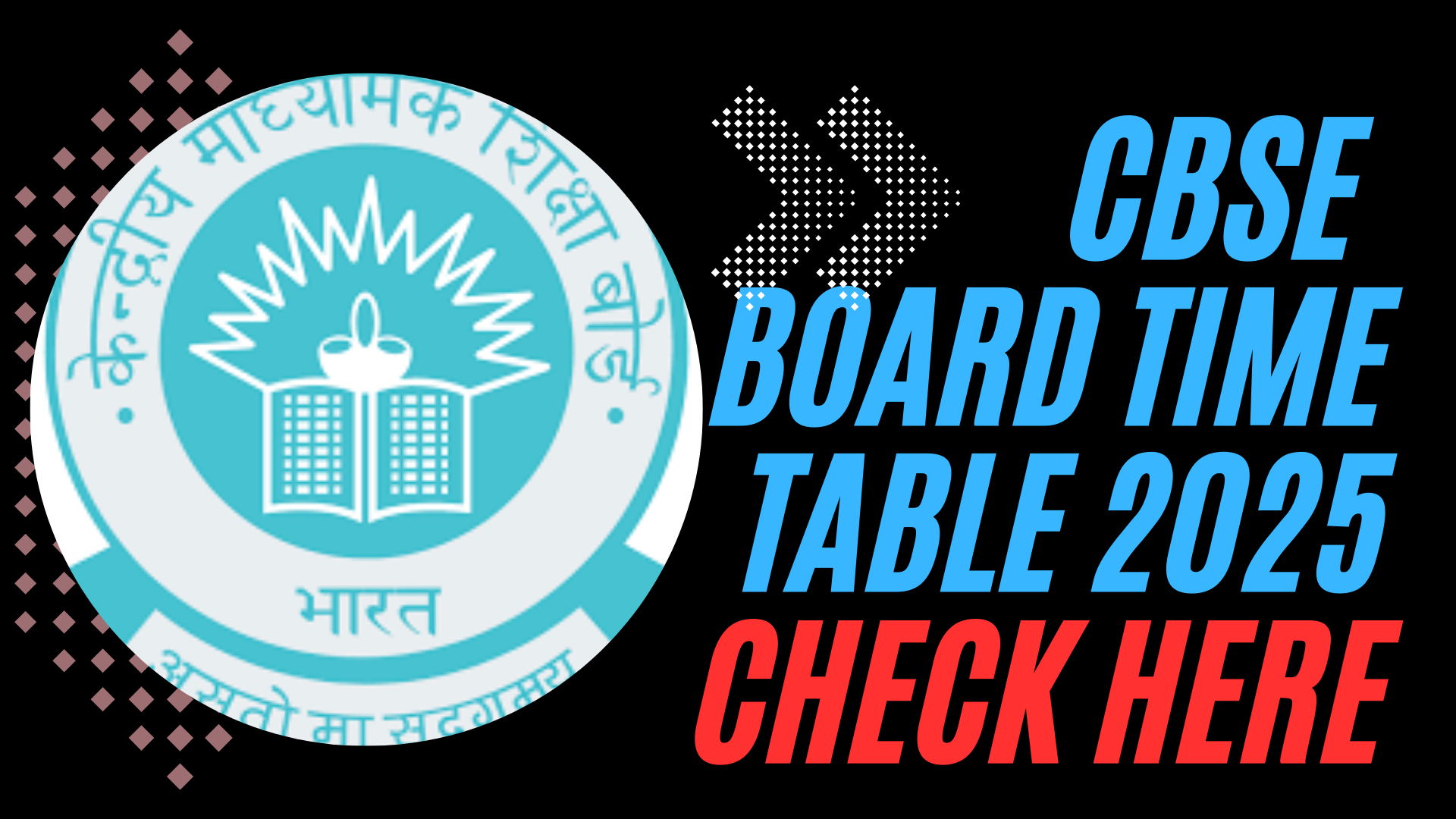The Supreme Court of India (SC) has reserved its judgment on the constitutionality of the Uttar Pradesh (UP) Board of Madarsa Education Act, 2004. This pending decision could have significant effects on religious education in India, raising questions about secularism, the right to education, and the role of religious studies in educational institutions.
Key Points to Understand
- What is the UP Madarsa Education Act, 2004?
- Status of Madarsas in Uttar Pradesh (UP)
- Why did the Allahabad High Court find the Act unconstitutional?
- Key Arguments for the Supreme Court’s Consideration
- What Could Change After the SC’s Decision?
1. What is the UP Madarsa Education Act, 2004?
The UP Madarsa Education Act governs madarsas in UP, which are institutions that blend religious studies, primarily focused on Islam, with some modern and secular subjects. However, religious instruction tends to be prioritized over other subjects in these institutions.
- UP Board of Madarsa Education: The Act also established this board, primarily comprising members of the Muslim community, which manages madarsa curricula and conducts exams.
- Madarsa Degrees: The UP board awards educational qualifications such as:
- Maulvi: Equivalent to Class 10
- Fazil: Equivalent to a Master’s degree
These madarsa degrees allow students to transition to higher education or enter the workforce with recognized qualifications.
2. Status of Madarsas in UP
Uttar Pradesh has the highest number of madarsas in India. In 2023 alone, over 1.69 lakh students from around 14,000 madarsas participated in board exams equivalent to Class 10 and 12 standards.
- Allahabad HC’s Decision: In March 2024, the Allahabad High Court declared the Madarsa Education Act unconstitutional and advised that madarsa students should be integrated into the formal school system to ensure they receive quality, standardized education.
- Supreme Court’s Stay: Following the High Court’s ruling, the SC temporarily stayed this judgment in April 2024 and started re-evaluating the matter in October. Additionally, the SC halted two notifications from the National Commission for the Protection of Child Rights (NCPCR), which called for inspecting madarsas and recommended admitting non-Muslim students to these institutions.
3. Why Did the Allahabad HC Find the Act Unconstitutional?
The Allahabad HC’s ruling against the Act was based on three main grounds:
-
Violation of Secularism:
- The HC cited past Supreme Court judgments to highlight that secularism means the state should treat all religions equally.
- The court found that compulsory religious instruction on Islam within madarsas went against secular principles, as it made modern subjects optional.
- The HC argued that the state should not favor any religion or religious group through its educational policies.
-
Violation of the Right to Education (RTE):
- The court held that the Act violated Article 21A of the Indian Constitution, which provides for free and compulsory education for children between 6 and 14 years.
- The RTE Act, 2009, sets standards for quality education, which the HC found lacking in madarsas, citing their focus on religious subjects over a broader, modern curriculum.
-
Conflict with the University Grants Commission (UGC) Act, 1956:
- The UGC Act gives only recognized universities the authority to award degrees.
- According to the HC, the UP Madarsa Education Board overstepped its boundaries by awarding degrees, conflicting with the UGC’s authority.
4. Key Arguments on the Constitutionality of the Madarsa Act Before the Supreme Court
Before the Supreme Court, lawyers argued about whether madarsas should be allowed to continue under this Act, focusing on two main points:
-
Religious Education vs. Religious Instruction:
- One of the main questions was whether madarsas offer “religious education,” which can help foster an understanding of different faiths, or “religious instruction,” which implies more of a doctrinal focus.
- The Indian Constitution’s Article 28 prohibits religious instruction in state-funded institutions, but not religious education.
- The lawyer representing madarsas argued that the Allahabad HC misunderstood this distinction, leading to an unfair ruling that the Act violated secularism.
-
Partial or Complete Strike Down:
- The SC also discussed whether the Allahabad HC should have struck down the whole Act or just the parts it found unconstitutional.
- Chief Justice D.Y. Chandrachud observed that the state government could regulate madarsa education in a way that upholds secular principles, without entirely abolishing the Act.
5. Potential Impact of the SC’s Decision
The SC’s decision will not only affect UP madarsas but could also impact similar religious educational institutions across India, such as gurukuls (Hindu religious schools) and convent schools (Christian religious schools) that integrate religious teachings into their curricula.
-
Balancing Religious Education with Secularism:
- The decision will address the broader question of how India’s education system can balance religious education with secular values.
- If the SC upholds the Act, madarsas may continue operating as religious institutions, potentially with some modifications to align with secular principles.
-
National Implications for Other Religious Institutions:
- The decision could set a precedent, leading to increased scrutiny of all religious institutions that receive state funds.
- CJI Chandrachud warned that regulations around religious instruction must be carefully crafted to respect secularism while accommodating religious diversity.
Conclusion
The SC’s pending judgement on the UP Madarsa Education Act could significantly impact the landscape of religious education in India. By examining the line between secularism and religious education, this case could clarify how the state can support diversity while ensuring equal educational standards for all. This ruling may reshape the coexistence of religious and secular education across the country, setting a precedent for religious educational institutions and potentially influencing other religious schooling systems.





